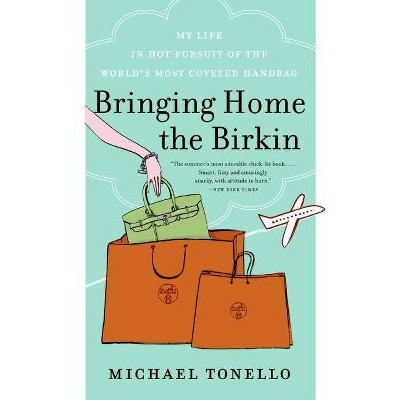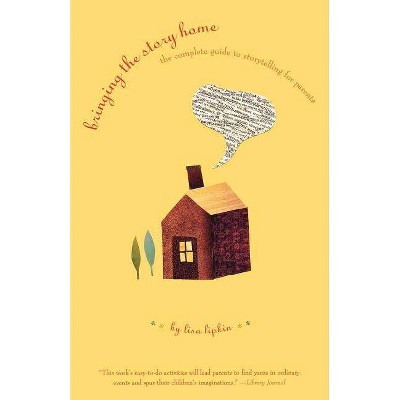Bringing Nature Home - 2nd Edition by Douglas W Tallamy (Paperback)
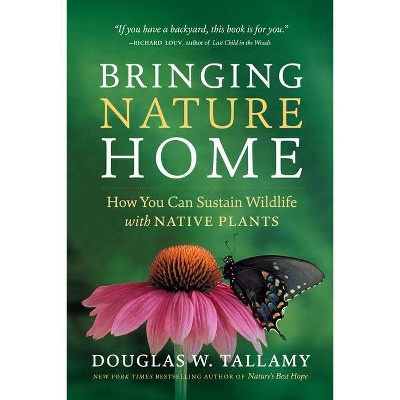
Similar Products
Products of same category from the store
AllProduct info
<p/><br></br><p><b> About the Book </b></p></br></br>Now with expanded content and plant lists for regional habitats, <i>Bringing Nature Home </i>offer the insight needed for home gardeners to become backyard ecologists.<p/><br></br><p><b> Book Synopsis </b></p></br></br><b>"A fascinating study of the trees, shrubs, and vines that feed the insects, birds, and other animals in the suburban garden." --<i>The New York Times</i></b> <p/> As development and habitat destruction accelerate, there are increasing pressures on wildlife populations. In <i>Bringing Nature Home</i>, Douglas W. Tallamy reveals the unbreakable link between native plant species and native wildlife--native insects cannot, or will not, eat alien plants. When native plants disappear, the insects disappear, impoverishing the food source for birds and other animals. <p/> But there is an important and simple step we can all take to help reverse this alarming trend: everyone with access to a patch of earth can make a significant contribution toward sustaining biodiversity by simply choosing native plants. By acting on Douglas Tallamy's practical and achievable recommendations, we can all make a difference. <br><p/><br></br><p><b> From the Back Cover </b></p></br></br><b>"This updated and expanded edition. . . is a delight to read and a most needed resource." --<i>Cabin Life</i></b> <p/> As Doug Tallamy eloquently explains, everyone can welcome more wildlife into their yards just by planting even a few native plants. With fascinating explanations and extensive lists of native plants for regional habitats, this scientifically researched book can help us all to make a difference. No prior training is needed to become a backyard ecologist--but Tallamy's book can be a vital first set. For more information, please visit www.plantnative.com.<p/><br></br><p><b> Review Quotes </b></p></br></br><br>"A fascinating study of the trees, shrubs, and vines that feed the insects, birds, and other animals in the suburban garden." --<i><b>The New York Times</b></i> <p/> "Provides the rationale behind the use of native plants, a concept that has rapidly been gaining momentum. . . . The text makes a case for native plants and animals in a compelling and complete fashion." --<i><b>The Washington Post</b></i> <p/> "This is the 'it' book in certain gardening circles. It's really struck a nerve." --<i><b>Philadelphia Inquirer</b></i> <p/> "Reading this book will give you a new appreciation of the natural world--and how much wild creatures need gardens that mimic the disappearing wild." --<i><b>The Minneapolis Star Tribune</b></i> <p/> "A compelling argument for the use of native plants in gardens and landscapes." --<i><b>Landscape Architecture</b></i> <p/> "An essential guide for anyone interested in increasing biodiversity in the garden." --<i><b>American Gardener</b></i> <p/> "I want to mention how excited I am about reading <i>Bringing Nature Home</i>. . . . I like the writing--enthusiastic and down-to-earth, as it should be." --<i><b>Garden Rant</b></i> <p/> "An informative and engaging account of the ecological interactions between plants and wildlife, this fascinating handbook explains why exotic plants can hinder and confuse native creatures, from birds and bees to larger fauna." --<i><b>Seattle Post-Intelligencer</b></i> <p/> "Tallamy explains eloquently how native plant species depend on native wildlife." --<i><b>San Luis Obispo Tribune</b></i> <p/> "Will persuade all of us to take a look at what is in our own yards with an eye to how we, too, can make a difference. It has already changed me." --<i><b>Traverse City Record-Eagle</b></i> <p/> "Delivers an important message for all gardeners: Choosing native plants fortifies birds and other wildlife and protects them from extinction." --<i><b>WildBird Magazine</b></i> <p/> "There's an increasing interest among homeowners and others to include more native species in their landscape, thanks to books like <i>Bringing Nature Home</i>, by Doug Tallamy, which extol the virtues of native plants over exotic ornamentals for attracting and sustaining beneficial insects." --<b><i>Andover Townsman</i></b> <p/> "Doug Tallamy weaves an interesting story of how exotic invasive plants affect birds and other components of a healthy forests. It's a compelling and important story to understand." --<b><i>The Bradford Era</i></b><br><p/><br></br><p><b> About the Author </b></p></br></br>Doug Tallamy is a professor in the Department of Entomology and Wildlife Ecology at the University of Delaware, where he has authored 95 research publications and has taught insect related courses for 39 years. Chief among his research goals is to better understand the many ways insects interact with plants and how such interactions determine the diversity of animal communities. His book <i>Bringing Nature Home</i> was awarded the 2008 Silver Medal by the Garden Writers' Association. <i>The Living Landscape</i>, co-authored with Rick Darke, was published in 2014. Doug's new book <i>Nature's Best Hope</i> will be available February 2020. Among his awards are the Garden Club of America Margaret Douglas Medal for Conservation and the Tom Dodd, Jr. Award of Excellence, and the 2018 AHS B.Y. Morrison Communication Award.
Price History
Price Archive shows prices from various stores, lets you see history and find the cheapest. There is no actual sale on the website. For all support, inquiry and suggestion messagescommunication@pricearchive.us
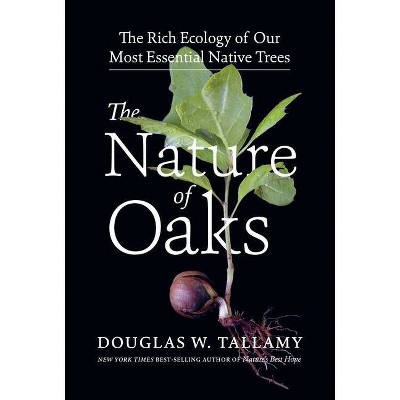
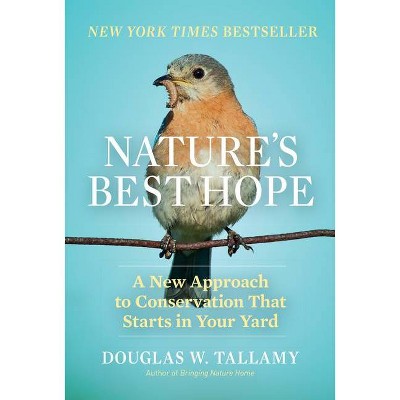
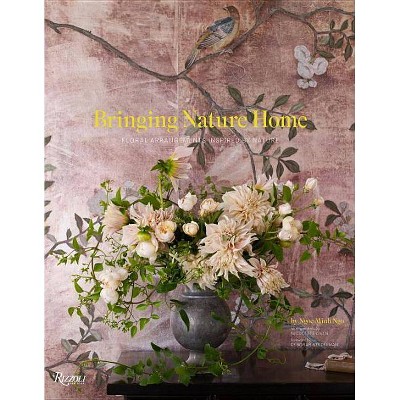
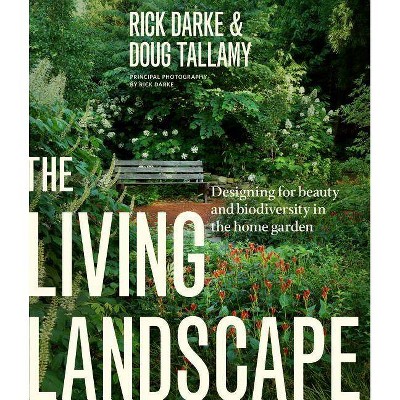
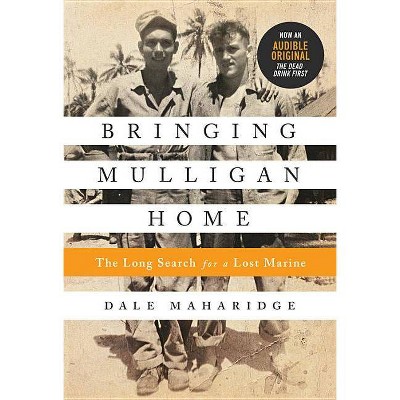

![Bringing Ashley Home [DVD] [2011]](https://pisces.bbystatic.com/image2/BestBuy_US/images/products/1906/19066879_so.jpg)

